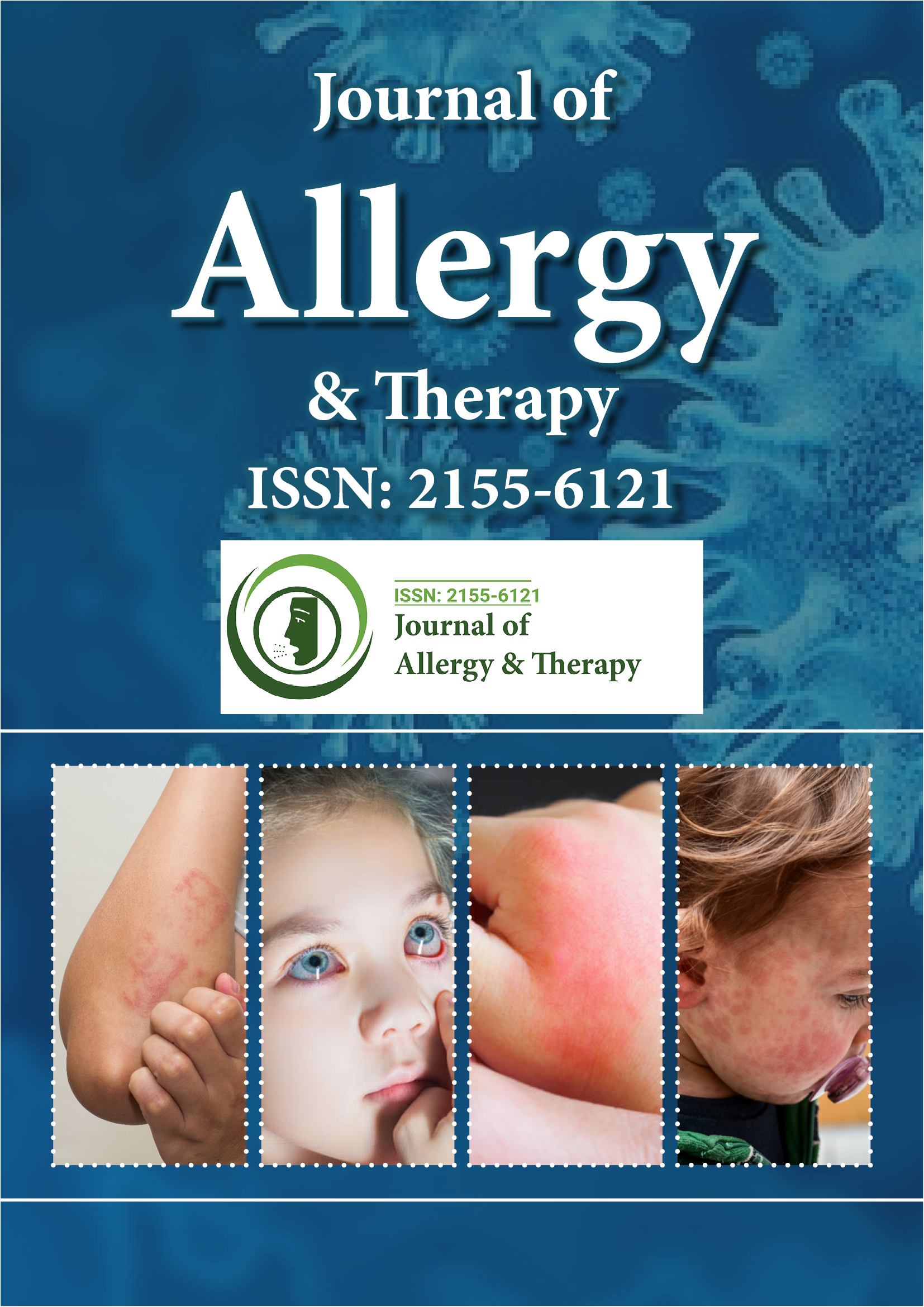indexado en
- Base de datos de revistas académicas
- Abrir puerta J
- Genamics JournalSeek
- Claves Académicas
- DiarioTOCs
- Infraestructura Nacional de Conocimiento de China (CNKI)
- Directorio de publicaciones periódicas de Ulrich
- Biblioteca de revistas electrónicas
- Búsqueda de referencia
- Universidad Hamdard
- EBSCO AZ
- OCLC-WorldCat
- Catálogo en línea SWB
- Biblioteca Virtual de Biología (vifabio)
- Publón
- Fundación de Ginebra para la Educación e Investigación Médica
- pub europeo
- Google Académico
Enlaces útiles
Comparte esta página
Folleto de diario

Revistas de acceso abierto
- Administración de Empresas
- Agricultura y Acuicultura
- Alimentación y Nutrición
- Bioinformática y Biología de Sistemas
- Bioquímica
- Ciencia de los Materiales
- Ciencia general
- Ciencias Ambientales
- Ciencias Clínicas
- Ciencias farmacéuticas
- Ciencias Médicas
- Ciencias Veterinarias
- Enfermería y Cuidado de la Salud
- Genética y Biología Molecular
- Ingeniería
- Inmunología y Microbiología
- Neurociencia y Psicología
- Química
Abstracto
Increased Nitric Oxide Production Prevents Airway Hyperresponsiveness in Caveolin-1 Deficient Mice Following Endotoxin Exposure
Bethany J. Hsia, Amy M. Pastva, Charles D. Giamberardino, Erin N. Potts-Kant, W. Michael Foster, Loretta G. Que, Soman N. Abraham, Jo Rae Wright and David W. Zaas
Background:Caveolin-1, the hallmark protein of caveolae, is highly expressed within the lung in the epithelium, endothelium, and in immune cells. In addition to its classical roles in cholesterol metabolism and endocytosis, caveolin-1 has also been shown to be important in inflammatory signaling pathways. In particular, caveolin-1 is known to associate with the nitric oxide synthase enzymes, downregulating their activity. Endotoxins, which are are composed mainly of lipopolysaccharide (LPS), are found ubiquitously in the environment and can lead to the development of airway inflammation and increased airway hyperresponsiveness (AHR).
Methods:We compared the acute responses of wild-type and caveolin-1 deficient mice after LPS aerosol, a well-accepted mode of endotoxin exposure, to investigate the role of caveolin-1 in the development of environmental lung injury.
Results:Although the caveolin-1 deficient mice had greater lung inflammatory indices compared to wild-type mice, they exhibited reduced AHR following LPS exposure. The uncoupling of inflammation and AHR led us to investigate the role of caveolin-1 in the production of nitric oxide, which is known to act as a bronchodilator. The absence of caveolin-1 resulted in increased nitrite levels in the lavage fluid in both sham and LPS treated mice. Additionally, inducible nitric oxide synthase expression was increased in the lung tissue of caveolin-1 deficient mice following LPS exposure and administration of the potent and specific inhibitor 1400W increased AHR to levels comparable to wild-type mice.
Conclusions: We attribute the relative airway hyporesponsiveness in the caveolin-1 deficient mice after LPS exposure to the specific role of caveolin-1 in mediating nitric oxide production.